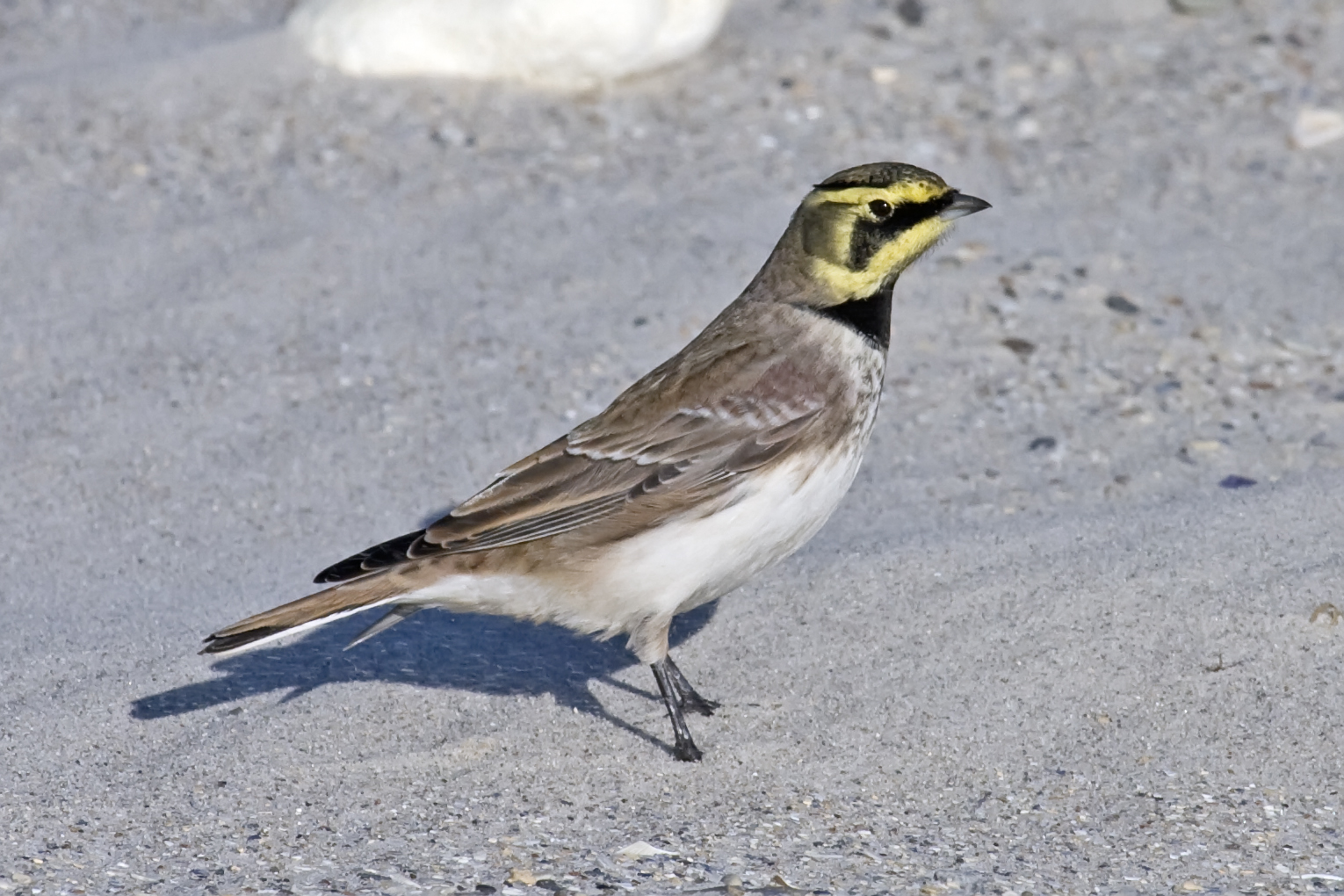|
Eremophila (bird)
The bird genus ''Eremophila'' comprises the two horned larks. Taxonomy and systematics The current genus name is from Ancient Greek ''eremos'', "desert", and ''phileo'', "to love". Extant species Extinct species There is at least one fossil species included in this genus: * †''Eremophila orkhonensis'' (late Pliocene of Central Asia, synonym = ''Pliocalcarius orkhonensis'') * †''Eremophila prealpestris'' (late Pliocene of Varshets, Bulgaria)Boev, Z. 2012. Neogene Larks (Aves: Alaudidae (Vigors, 1825)) from Bulgaria - Acta zoologica bulgarica, 64 (3), 2012: 295-318. Description Unlike most other larks, these are distinctive looking species with striking head and face patterns, black and white in Temminck's lark and black and yellow in most horned larks. In the summer males of both species have black "horns", which give these larks their alternative names. Distribution and habitat These are larks of open country which nest on the ground. The bird migration, migratory hor ... [...More Info...] [...Related Items...] OR: [Wikipedia] [Google] [Baidu] |
Horned Lark
The horned lark or shore lark (''Eremophila alpestris'') is a species of lark in the family Alaudidae found across the northern hemisphere. It is known as "horned lark" in North America and "shore lark" in Europe. Taxonomy, evolution and systematics The specific ''alpestris'' is Latin and means "of the high mountains", from ''Alpes'', the Alps. The horned lark was originally classified in the genus '' Alauda''. The horned lark is suggested to have diverged from Temminck's lark (''E. bilopha'') around the Early-Middle Pleistocene, according to genomic divergence estimates. The horned lark is known from around a dozen localities of Late Pleistocene age, including those in Italy, Russia, The United Kingdom and the United States. The earliest known fossil is from the Calabrian of Spain, around 1–0.8 million years old. In 2020, a 46,000 year old frozen specimen was described from the Russian Far East. Recent genetic analysis has suggested that the species consists of six clades ... [...More Info...] [...Related Items...] OR: [Wikipedia] [Google] [Baidu] |
